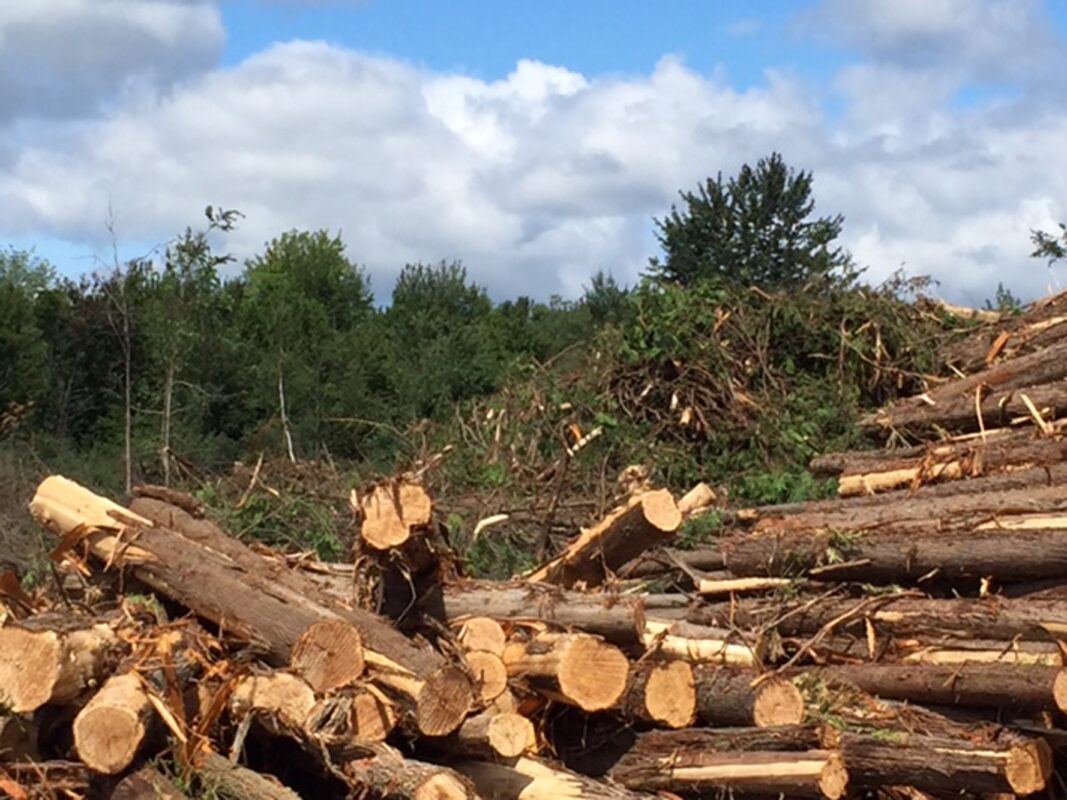
Greenspace Alliance Of Canada’s Capital
Emerald Ash Borer Working Group
For Immediate Release
City Hall and Residents must act now to save ash trees
OTTAWA, July 22 — On July 11th the City of Ottawa issued a news release announcing that City Council had approved an additional $1 million for 2012 to increase the treatment of ash trees and the planting of new trees in efforts to combat the emerald ash borer (EAB) infestation. Mayor Jim Watson was quoted as saying: “Thanks to the additional funds approved by Council today, we have the resources to be even more proactive”. The Greenspace Alliance of Canada’s Capital hails the news, as it had been urging the City for over two months to save many more ash trees through a more aggressive treatment program. There are only six more weeks left to apply the treatment in 2012.
However, at a meeting with City staff on July 13th, it became apparent to us that the issue is not being addressed with the urgency that is required, given that the window for treatment closes on August 31st. The Alliance is calling on the City to allocate at least three-quarters of the $1 million toward additional TreeAzin treatments. “$750,000 could save an additional 3000 trees”, says Sol Shuster, chair of the Alliance’s EAB Working Group.
Paul Bolan, Vice-President and Operations Manager at BioForest Technologies, Canada’s producer of TreeAzin, agrees. “TreeAzin has proven efficacy against emerald ash borer when ash tree injections are performed from early June until the end of August”, he says. “There are currently ten (10) tree care companies in Ottawa that provide tree injection services using TreeAzin so there is ample capacity in the industry should the City of Ottawa choose to allocate additional financial resources to protect high-value ash trees from EAB”.
“The City has indicated it will reveal the details of its plan on how it will spend this $1 million when it informs members of Council sometime in August”, says Shuster. “This suggests little sense of urgency to take advantage of the narrow window of opportunity to treat more trees. There will be a public outcry if thousands of ash trees die and are cut down while they could have been saved through swift emergency action. Mayor Watson needs to direct staff to do as many treatments as possible before the August 31 deadline, not only by increasing the existing contract but also by adding other contractors”.
The Alliance also urges residents to seize the opportunity to save more of the city’s ash trees in the six weeks remaining in the season. The City is allowing residents to pay for treatment of City-owned trees themselves. Call 311 for more information. To inform residents about what they can do to save ash trees on private property, the Alliance has launched a new web site at www.saveourashtrees.ca [no longer online]. It includes Questions and Answers and a list of service providers in the Ottawa region.
If Ottawa residents want to save ash trees on their property or on adjacent City land, they need to hire a licensed service provider. Communities and neighbours are encouraged to get together to obtain a bulk rate and more efficient service. If not treated this summer, thousands of City and private ash trees will die by next spring. “Treatment is more cost-effective than removing and replacing mature trees with saplings, even before you factor in the many health and ecological benefits of trees”, says Shuster.
On average, the cost of treating ash trees with TreeAzin is about $250 per tree and is good for two years. “Treatments are a necessary stopgap measure”, says EAB working group member Meg Sears. “Experts indicate that most probably treatment will need to be continued for only 6-10 years. Scientific research in the US and Canada into insect biocontrols for EAB is showing promise, with parasitoid (tiny, stingless) wasps successfully overwintering and killing EAB. A fungal pathogen is another possibility”.
For a list of local TreeAzin service providers and more information on the emerald ash borer beetle, visit: www.saveourashtrees.ca [no longer online]
Additional information is available here. And here is a poster suitable for neighbourhood distribution.
For information on treating a City-owned tree, please call 311 or go to the City’s EAB web site section at www.ottawa.ca/en/env_water/tlg/trees/preservation/eab/.
Media contacts:
Sol Shuster, Chair, Greenspace Alliance EAB Working Group
sshuster [at] magma.ca, (613) 276-7496
Meg Sears
megsears [at] ncf.ca, (613) 297-6042
Louisa Coates (in French), (613) 894-7651
